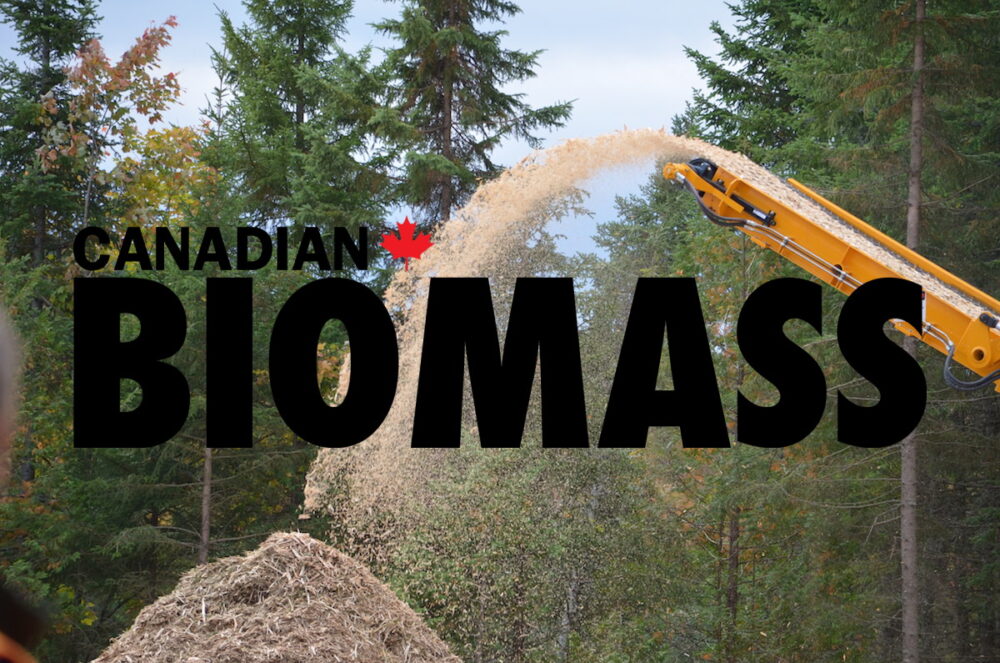
2022 is going down in my books as a hybrid year. Some travel, mostly home. Some challenging news, mostly good.
Canadian Biomass’ editors were able to get out there once again, rubbing shoulders with stakeholders at a couple of key events. But travel was certainly not at pre-pandemic levels, and many stories were once again told over video calls.
I was at two of those in-person events – The Wood Pellet Association of Canada Conference and Scaling Up Conference – and both struck me as remarkably optimistic. The bioeconomy as an emerging industry continues to have its share of challenges, but the global push for cleantech and low-carbon solutions is spurring the market like never before. Foreign and domestic policies are creating demand and Canada’s bioeconomy is racing to meet it in any way it can.
According to the IEA, all policy scenarios show global demand for each of the fossil fuels peaking or plateauing for the first time ever.
The monumental U.S. Inflation Reduction Act passed in August, and Canada’s Clean Fuel Regulations should both spur on the domestic biofuels industry. Sustainable aviation fuel in particular dominated headlines this year as airlines, airports and jet manufacturers signed partnership agreements to advance bio jet fuel.
In the pellet world, Drax took its spot as Canada’s largest producer with the rebrand of its Pinnacle Renewable Energy plants to the Drax name. Drax’s Matt White told us the acquisition was transformational for the UK-based company.
ENGOs ramped up pressure on B.C.’s pellet industry with two documentaries airing within a matter of weeks this fall criticizing fibre sourcing. Drax Group CEO Will Gardiner released a statement in response, and other experts added their condemnation of the reports, some referencing this study.
Top 10 articles of 2022
As has become our tradition, we’ve rounded up below our most-read articles of the year. These stories are perhaps the most interesting reflection of Canada’s bioeconomy through the lens of what readers found engaging this year.
Check it out, and happy holiday reading from the team at Canadian Biomass!
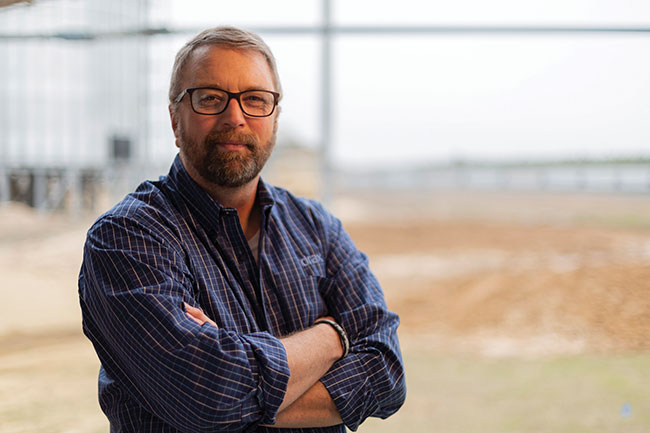
Drax Group’s executive vice-president Matt White. Photo courtesy Drax Group.
10 | A commitment to Canada: Q&A with Drax’s Matt White
Our Q&A with Drax Group’s executive vice-president, Matt White, earlier this year gives readers an inside look at the company’s future plans for Canada and beyond. No surprise here, but bioenergy with carbon capture and storage – or BECCS – is a hot topic for the company. READ MORE.
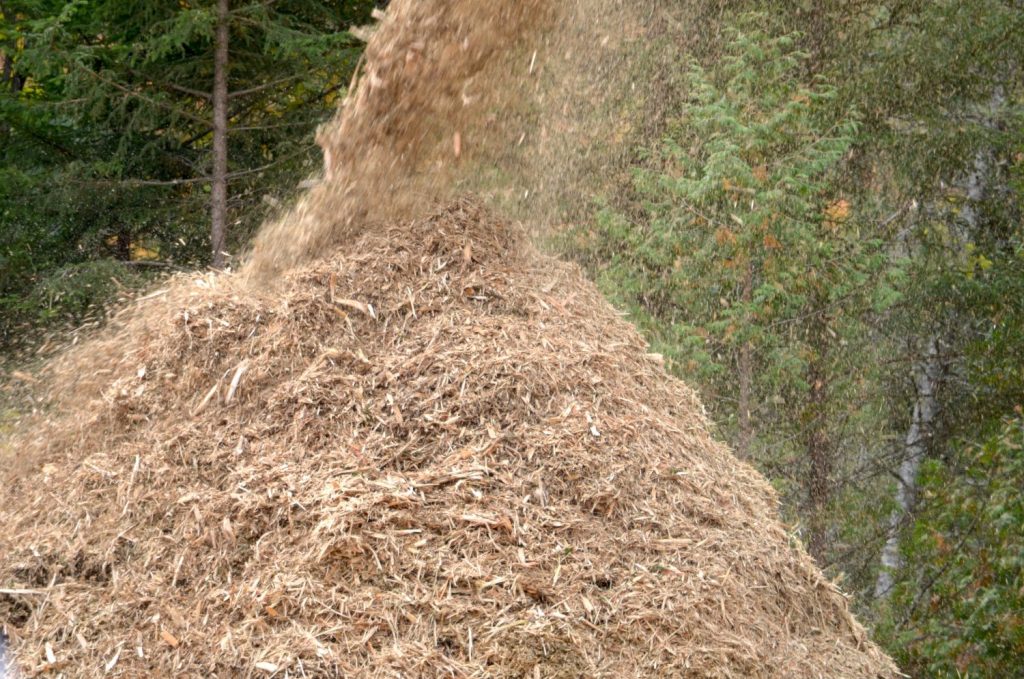
Photo: Annex Business Media
9 | Opinion: Forest biomass is key to Northern Ontario’s energy needs
Ontario will soon be facing an unprecedented demand for new electricity supply as some of the nuclear plants, a major supplier of Ontario’s electricity, are taken out of service. Iain Angus, chair of the Common Voice Northwest Energy Taskforce, explains how underutilized wood can generate much-needed electricity for industries and communities in northern Ontario. READ MORE.
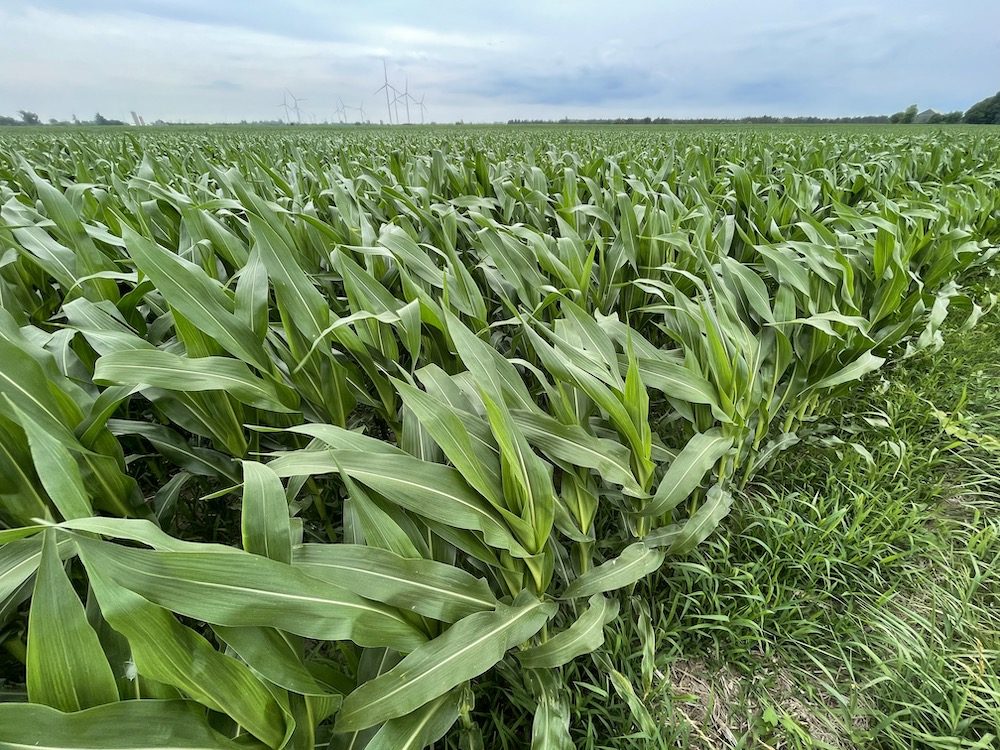
Photo: Annex Business Media
8 | A look at Canada’s low-carbon fuel policies and production
Canada published its final Clean Fuel Regulations this year, estimating that about 2.2 billion litres of additional low-carbon-intensity diesel and 700 million litres of additional ethanol will be needed in 2030 under the regulations. We shared a quick look at the policy basics, as well as overviewed provincial policies in place. READ MORE.
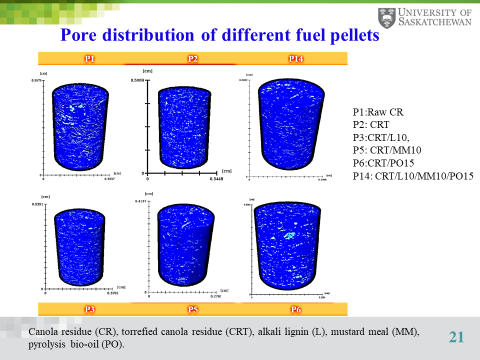
Photo provided by Ajay Dalai (PhD, P.Eng) with the University of Saskatchewan.
7 | Canola meal biocoal project looks to scale up production, commercialization
After years of meticulous research, Ajay Dalai, a research chair at the University of Saskatchewan, is poised to scale up his project exploring canola meal pellets as an eco-friendly alternative to coal and natural gas for heat and energy. “We’ve been working for five or six years on this project. It’s time to produce the pellets on a large scale to see the consistency of the product,” Dalai said. READ MORE.
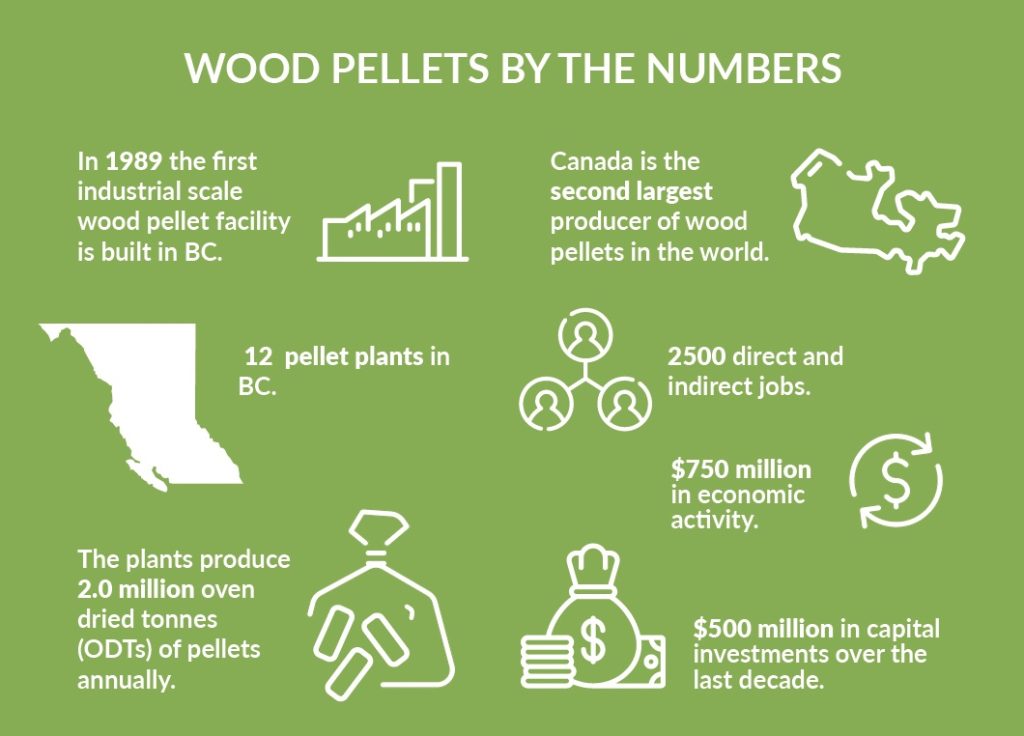
Source: Wood Pellet Association of Canada
6 | New study confirms B.C. wood pellets are responsibly sourced
A study commissioned by the Wood Pellet Association of Canada on the sourcing of fibre for B.C. wood pellets was released during their annual conference in Vancouver this year. The study, undertaken by forest experts and RPFs, analyzed government and industry databases, confidential commercial data and audit reports. READ MORE.
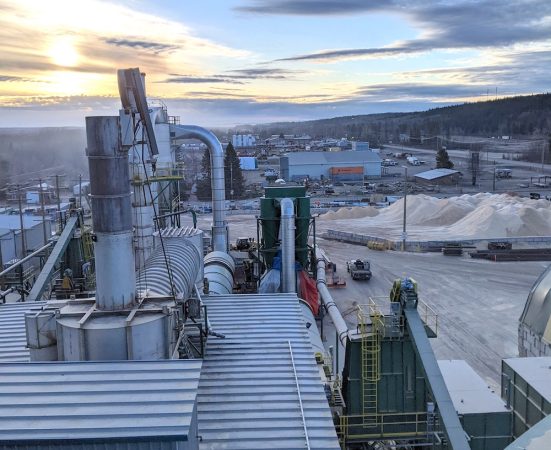
Premium Pellet’s expansion project will enable them to produce nearly 275,000 tonnes of wood pellets a year, making it the fourth highest producing pellet plant in Canada. Photo by William Berg, supervisor at Premium Pellet.
5 | Premium expansion: BC pellet plant ups production, takes on bio-log processing
Check out our profile on Premium Pellet’s expansion project at their plant in Vanderhoof, B.C. Driven by the need to utilize a higher percentage of harvesting residuals, the project includes a new triple-pass rotary dryer, as well as four additional pellet mills. READ MORE.
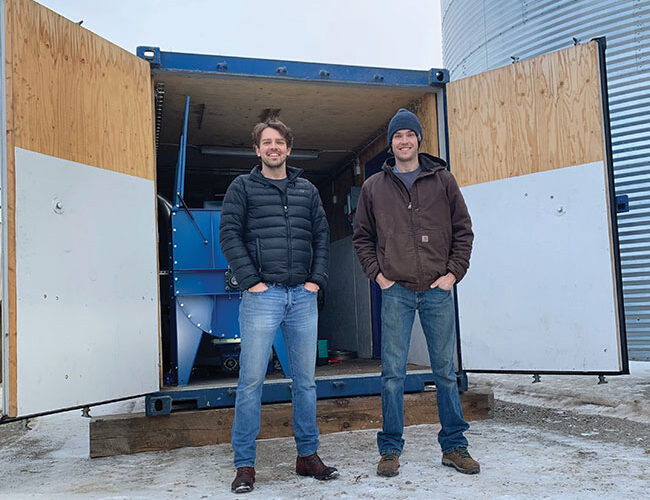
Wintergreen Pellets founders, Campbell Cameron (left) and Caith Cameron, in front of the new Sweden Power Chippers PP150 pellet mill. Photo courtesy Wintergreen Pellets.
4 | Scaling-up straw: Alberta farmer, engineer look to turn straw into pellets
Caith and Campbell Cameron, co-founders of the start-up Wintergreen Pellets in Didsbury, Alta., have been exploring the viability of turning straw into pellets that can be used to replace or supplement coal and wood pellets. We checked in with the duo to hear about their motivations for the new business, and where it’s going. READ MORE.
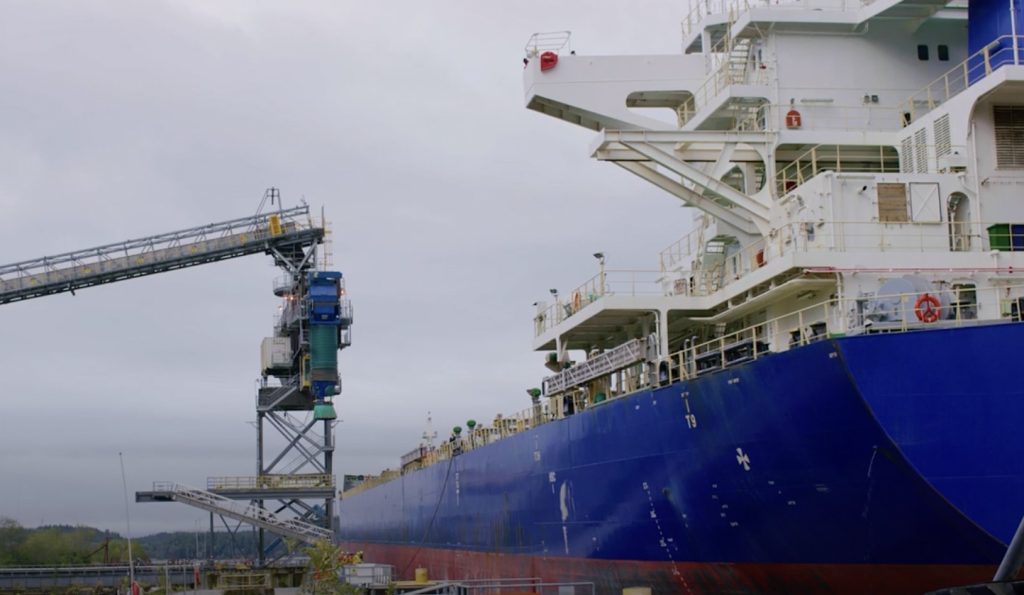
Photo: WPAC/YouTube
3 | Power of Pellets: Getting Canadian pellets to global markets
One in a series of videos produced by the Wood Pellet Association of Canada, an article on the Production, Quality and Transportation made our top 10 list. The video hears from a variety of stakeholders who detail the process of how pellets are made, checked for quality and then transported to global customers. READ MORE.
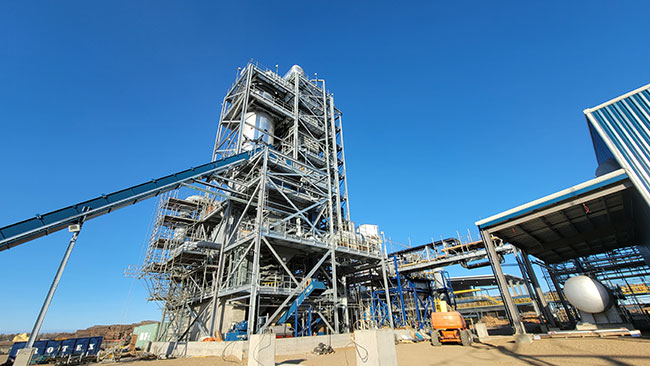
The MLTC Bioenergy Centre will turn wood waste from the NorSask Forest Products mill into electricity for 5,000 homes in Saskatchewan and heat and power for a new continuous kiln. Photos courtesy Meadow Lake Tribal Council.
2 | A first for Saskatchewan: Inside MLTC’s new Bioenergy Centre
Canadian Biomass took readers inside the Meadow Lake Tribal Council’s new Bioenergy Centre that is providing both economic and environmental benefits to Indigenous communities. Hear about the project from Tina Rasmussen, corporate development and administration officer with MLTC Industrial Investments. READ MORE.
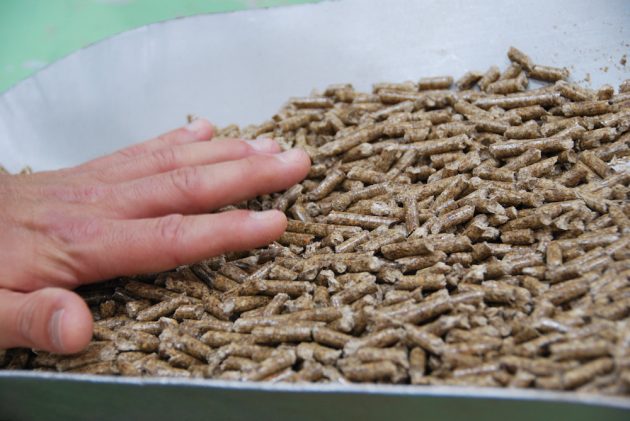
Photo: Annex Business Media
1 | 2022 wood pellet markets outlook
It’s no surprise to see the annual wood pellet markets outlook take this year’s top spot as the most-read article of 2022. Authored yet again by FutureMetrics William Strauss, it’s an in-depth look at what the year will bring to the pellet export markets. Look for Strauss’ 2023 outlook in the coming weeks. READ MORE.
Print this page
